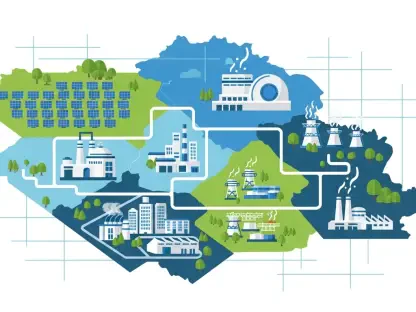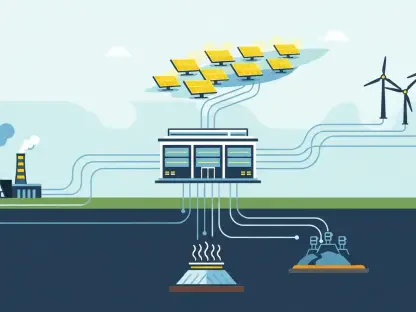I’m thrilled to sit down with Christopher Hailstone, a renowned expert in energy management and renewable energy, who also serves as our go-to specialist on utilities. With his deep knowledge of electricity delivery, grid reliability, and security, Christopher offers unparalleled insights into the seismic shifts happening in the energy sector. Today, we’ll dive into the skyrocketing energy demands driven by AI data centers, the challenges and opportunities this presents for utilities, the impact of regulatory changes, and how investors can navigate this evolving landscape.
How is the massive energy demand from AI data centers reshaping the utility sector compared to other industries you’ve seen in the past?
Well, Silvia, the demand from AI data centers is on a completely different scale. The International Energy Agency projects that by 2030, these facilities will drive over 80% of global electricity demand growth. Unlike other industries, like manufacturing or even traditional tech booms, AI operations require constant, high-intensity power for training models and running servers. This isn’t just a spike; it’s a structural shift that’s forcing utilities to rethink everything from grid capacity to long-term planning.
What unique pressures does this AI-driven demand place on the U.S. power grid, especially given its aging infrastructure?
The U.S. grid, much of which was designed back in the 1960s, simply wasn’t built for this kind of load. AI data centers can cause unpredictable spikes in demand, and we’re already seeing reliability risks, as noted by the Department of Energy. The infrastructure struggles to handle these surges without outages or strain, and that’s a big problem when you’ve got facilities consuming as much power as small countries. It’s a wake-up call for modernization, no question about it.
Can you walk us through how recent policies are helping utilities cope with these unprecedented energy needs?
Absolutely. The Trump administration’s “national energy emergency” declaration has been a game-changer, pushing for fast-tracked permitting and easing environmental rules to speed up infrastructure projects. On top of that, the Inflation Reduction Act is providing financial incentives for clean energy and grid upgrades, while the One Big Beautiful Bill Act has created a rush to secure permits before renewable tax credits phase out. These policies are giving utilities the breathing room and resources to act quickly, which is critical right now.
Why is grid modernization so crucial for utilities to keep up with AI data center demands, and what innovations are leading the way?
Modernization is non-negotiable at this point. Without it, the grid can’t handle the volatility of AI-driven demand. We’re talking about smart grid technologies that can predict and adjust to usage patterns in real time, and demand response programs that help balance the load. For instance, some companies are investing billions in upgrades to integrate these systems, ensuring they can manage sudden spikes without crashing. It’s about building a grid that’s as dynamic as the technology it’s powering.
From an investor’s perspective, what makes certain utility stocks stand out as opportunities in this AI energy boom?
There’s a lot of potential for investors who know where to look. Some utilities are trading below their fair value despite having strong fundamentals. Their focus on clean energy and aggressive infrastructure spending, especially in regions with supportive regulations, makes them attractive. Additionally, investments in AI for grid resilience and renewable projects like offshore wind signal long-term growth. It’s about finding companies that are balancing profitability with sustainability while capitalizing on this demand surge.
What’s your forecast for the utility sector over the next decade as AI continues to transform energy needs?
I’m optimistic, Silvia, but it’s going to be a bumpy ride. Over the next ten years, I expect utilities to face ongoing challenges with grid reliability and infrastructure costs, but those that adapt—through modernization, renewables, and smart technologies—will thrive. AI isn’t going away; it’s only going to grow, and with it, the need for power. Utilities that position themselves as leaders in this space, backed by supportive policies, could see significant gains. The sector is at a turning point, and the decisions made now will shape the energy landscape for decades to come.









